If you have ever laser cut a piece of metal, you know that oxide layers can form on the surface. These layers make the surface difficult to weld or solder and cause corrosion. This blog post will discuss various techniques for removing oxide layer from laser-cut surfaces. We will cover three different methods: chemical removal, mechanical removal, and thermal removal.
Chemical Removal
Chemical removal is the most common and cost-effective method to remove oxide layers from laser-cut surfaces. This involves using a chemical agent, such as citric acid or vinegar, to dissolve the oxides. It surface should be thoroughly cleaned before applying the chemical solution, as any residue can reduce its effectiveness. After allowing the solution to sit for a few minutes, the surface should be washed with water to remove any remaining chemical residue.
Mechanical Removal
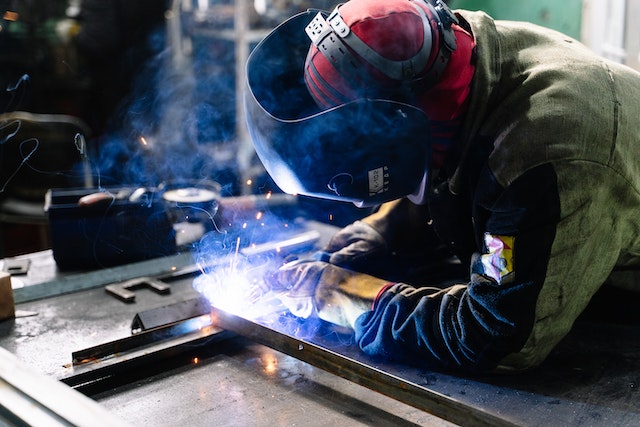 Another option for oxide layer removal is mechanical removal. This involves using abrasive materials, such as sandpaper or steel wool, to physically scour the oxides off the surface. It can be effective but requires much manual labor and patience to achieve a smooth finish. It also has the potential to leave unwanted scratches on the surface. In addition, due to the high temperatures involved in laser cutting, there is a risk of burning off too much material, potentially weakening the structure. Also, there is a greater risk of generating hazardous dust particles, so personal protective equipment such as masks and eye protection is recommended.
Another option for oxide layer removal is mechanical removal. This involves using abrasive materials, such as sandpaper or steel wool, to physically scour the oxides off the surface. It can be effective but requires much manual labor and patience to achieve a smooth finish. It also has the potential to leave unwanted scratches on the surface. In addition, due to the high temperatures involved in laser cutting, there is a risk of burning off too much material, potentially weakening the structure. Also, there is a greater risk of generating hazardous dust particles, so personal protective equipment such as masks and eye protection is recommended.
Thermal Removal
 The third method for removing oxide layers from laser-cut surfaces is thermal removal. This technique uses a torch or furnace to heat and evaporates the surface oxides. This can be useful for thick layers of oxides, as it is much faster than the other two methods. However, it should be done cautiously as temperatures above 1,100°F (593°C) can damage or even warp the material. Additionally, this method requires specialized equipment and expertise to perform safely. When done correctly, thermal removal can achieve a smooth finish with minimal heat damage.
The third method for removing oxide layers from laser-cut surfaces is thermal removal. This technique uses a torch or furnace to heat and evaporates the surface oxides. This can be useful for thick layers of oxides, as it is much faster than the other two methods. However, it should be done cautiously as temperatures above 1,100°F (593°C) can damage or even warp the material. Additionally, this method requires specialized equipment and expertise to perform safely. When done correctly, thermal removal can achieve a smooth finish with minimal heat damage.
In conclusion, there are three main methods for removing oxide layers from laser-cut surfaces: chemical, mechanical, and thermal. Each of these methods has its advantages and disadvantages. Chemical removal is the most cost-effective and easy-to-use option but requires thorough cleaning before application. Mechanical removal requires much manual labor and patience but is less risky and produces a smooth finish. Finally, thermal removal is the fastest option but requires specialized equipment and expertise to perform safely. Considering all of these factors is important when deciding which method is best for your project.

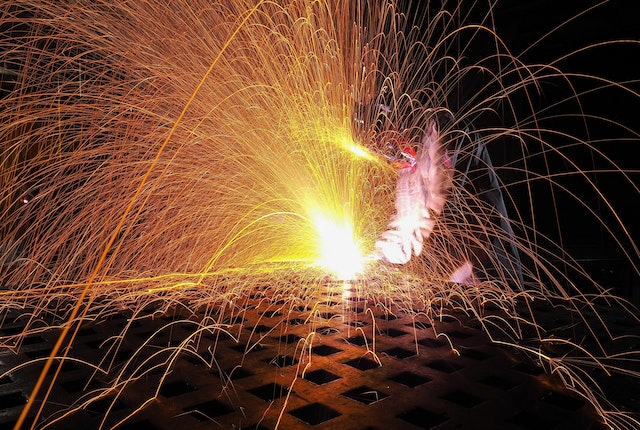

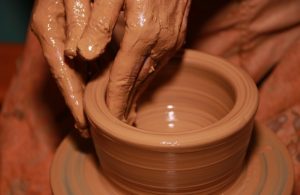 Yes, it’s true that our ancestors used clay pots to create music. By striking the
Yes, it’s true that our ancestors used clay pots to create music. By striking the  The 20th century was a golden age for music. With the development of new technologies, musicians experimented with sound in ways that were never before possible. This led to the development of new genres like rock, hip hop, and electronic music. Music-making apps are prevalent in today’s society. With the touch of a button, you can create a professional-sounding song. This has made music-making more accessible than ever before.
The 20th century was a golden age for music. With the development of new technologies, musicians experimented with sound in ways that were never before possible. This led to the development of new genres like rock, hip hop, and electronic music. Music-making apps are prevalent in today’s society. With the touch of a button, you can create a professional-sounding song. This has made music-making more accessible than ever before.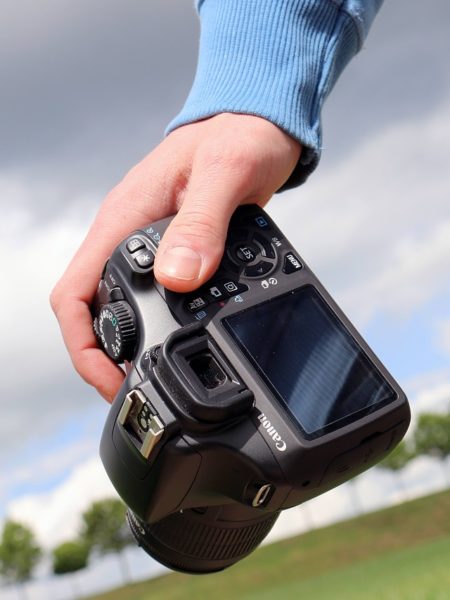
 One of the most common problems people have when taking photos is camera shake. This usually happens when you are using a low shutter speed, and it can result in blurry and unusable images. To avoid this, make sure to use a tripod or some other type of support for your camera. If you don’t have a tripod, try to find something else that you can use to steady your cameras, such as a table or a wall. Be flexible and experiment until you find a setup that works for you. This usually takes time and patience, but it’ll be worth it.
One of the most common problems people have when taking photos is camera shake. This usually happens when you are using a low shutter speed, and it can result in blurry and unusable images. To avoid this, make sure to use a tripod or some other type of support for your camera. If you don’t have a tripod, try to find something else that you can use to steady your cameras, such as a table or a wall. Be flexible and experiment until you find a setup that works for you. This usually takes time and patience, but it’ll be worth it. One of the great things about digital cameras is that they allow you to experiment with different settings and find what works best for you. So don’t be afraid to play around with the different settings on your camera and see what results you get. You might be surprised at what you can create. This is actually how many people create some of their best work. So go out and experiment. Take the time to practice and experiment, and soon you will be taking amazing photos with your digital camera.
One of the great things about digital cameras is that they allow you to experiment with different settings and find what works best for you. So don’t be afraid to play around with the different settings on your camera and see what results you get. You might be surprised at what you can create. This is actually how many people create some of their best work. So go out and experiment. Take the time to practice and experiment, and soon you will be taking amazing photos with your digital camera.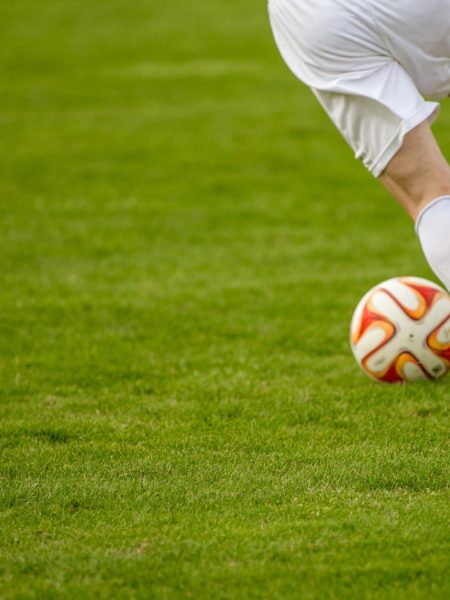
 Football Manager, this simulator has won my heart for many years. Whether you want to help the poorest of clubs to Champions League glory or make your managerial debut in the FA Cup final, this game is hugely popular among soccer fans. The developers offer the ability to play on your tablet or smartphone rather than being confined to your PC/Mac. It’s not as detailed as the board game, but you can still trade in the transfer market and watch the little circles move from pixel to pixel and win the game.
Football Manager, this simulator has won my heart for many years. Whether you want to help the poorest of clubs to Champions League glory or make your managerial debut in the FA Cup final, this game is hugely popular among soccer fans. The developers offer the ability to play on your tablet or smartphone rather than being confined to your PC/Mac. It’s not as detailed as the board game, but you can still trade in the transfer market and watch the little circles move from pixel to pixel and win the game.